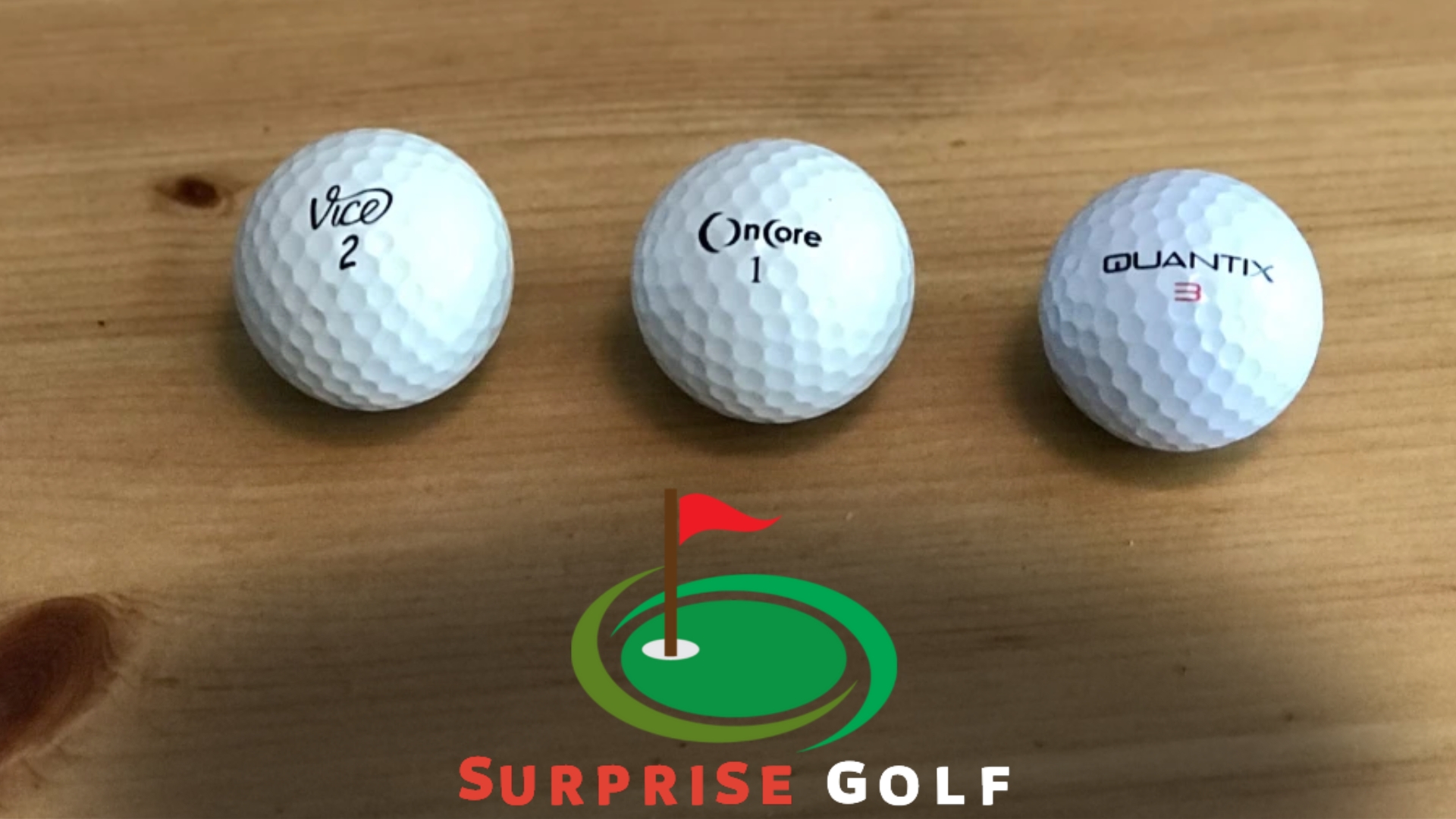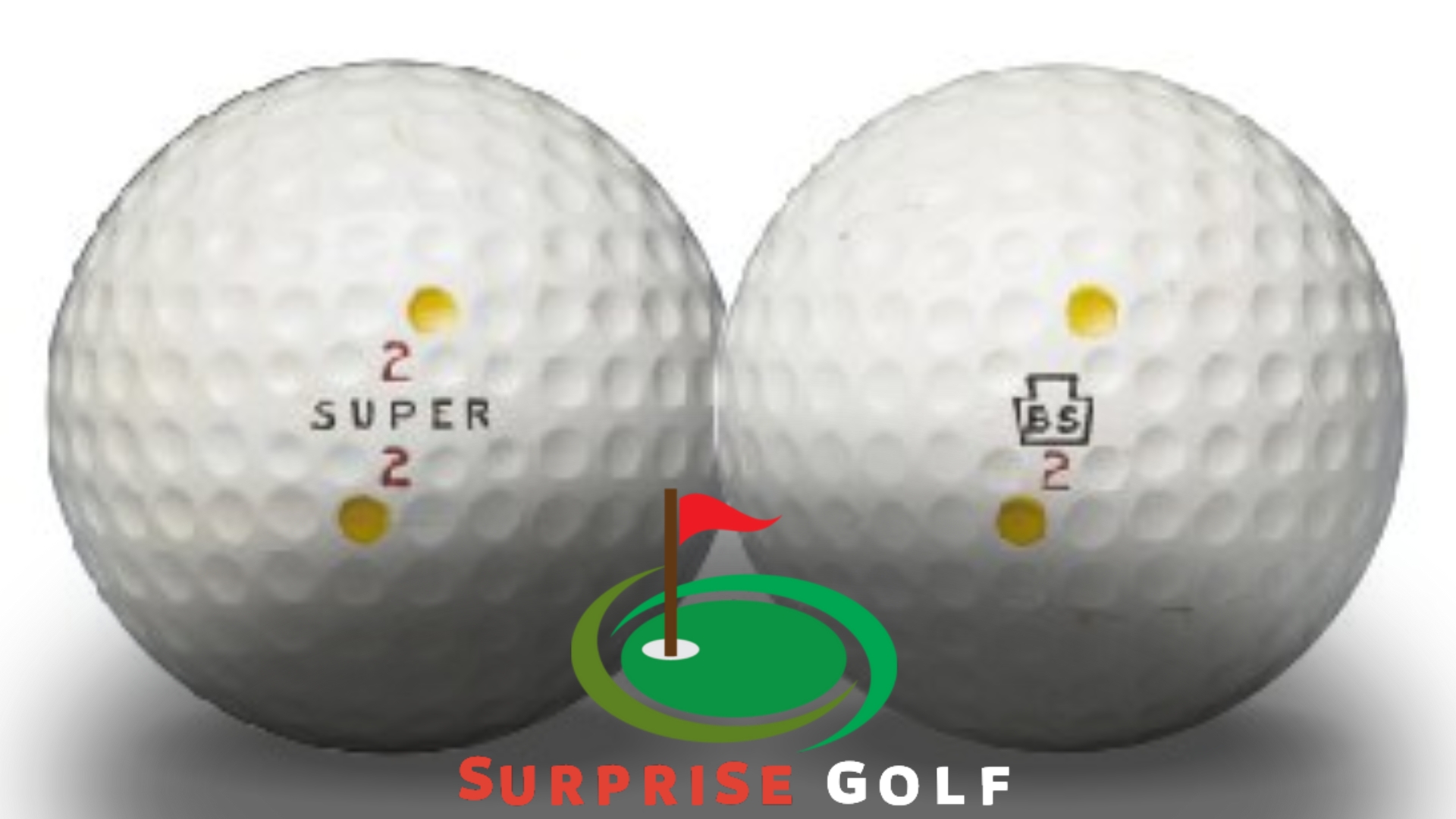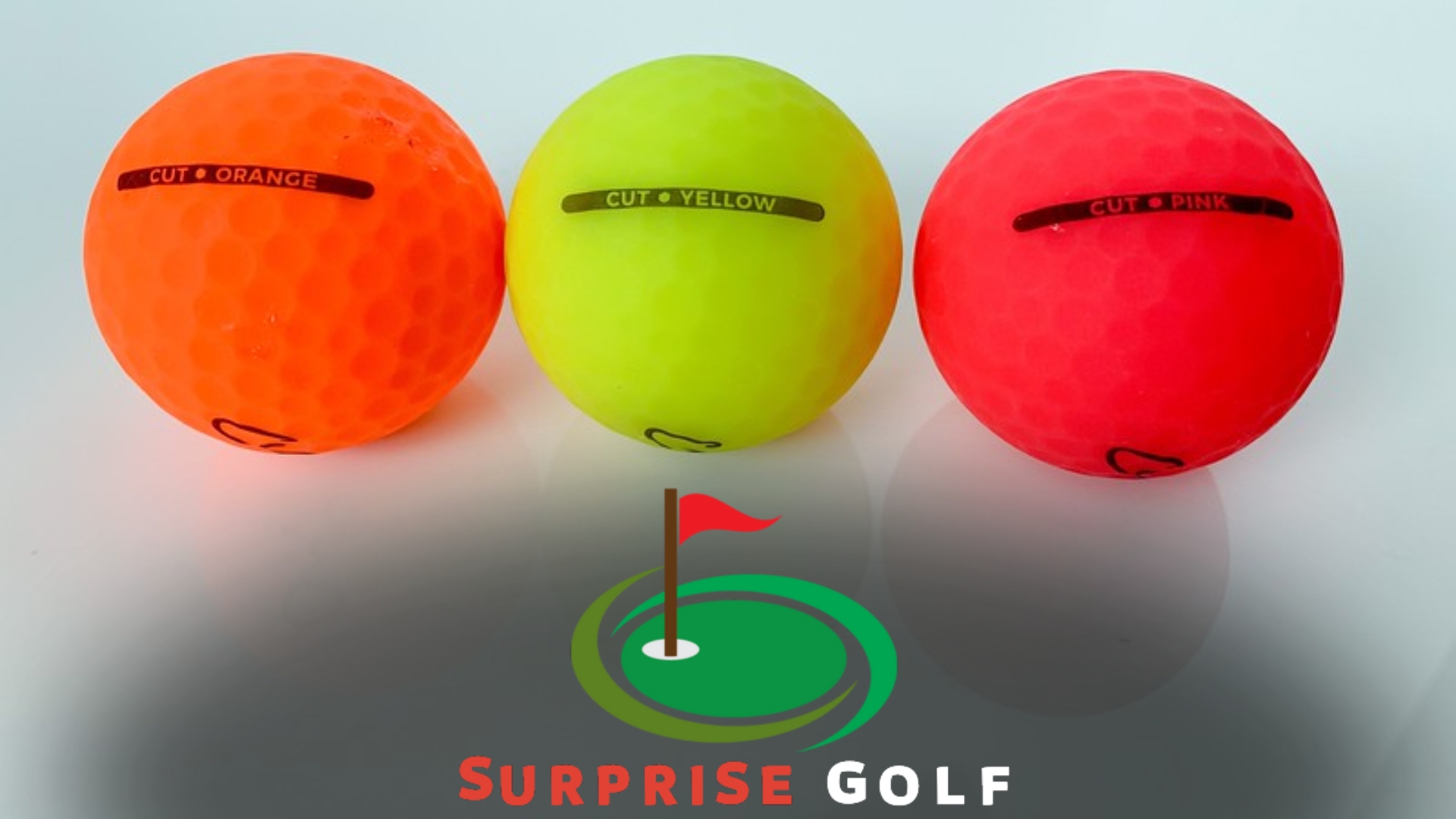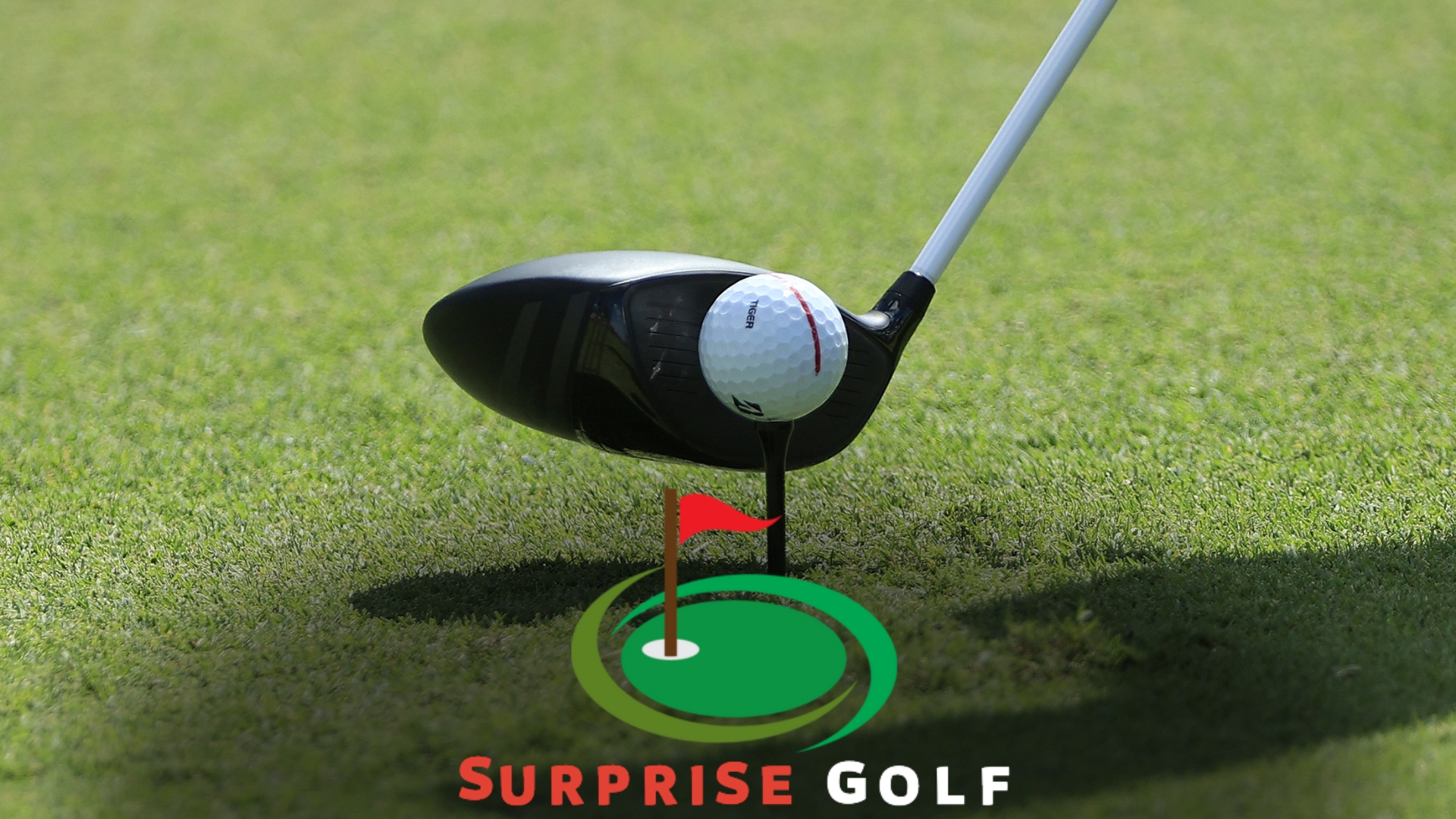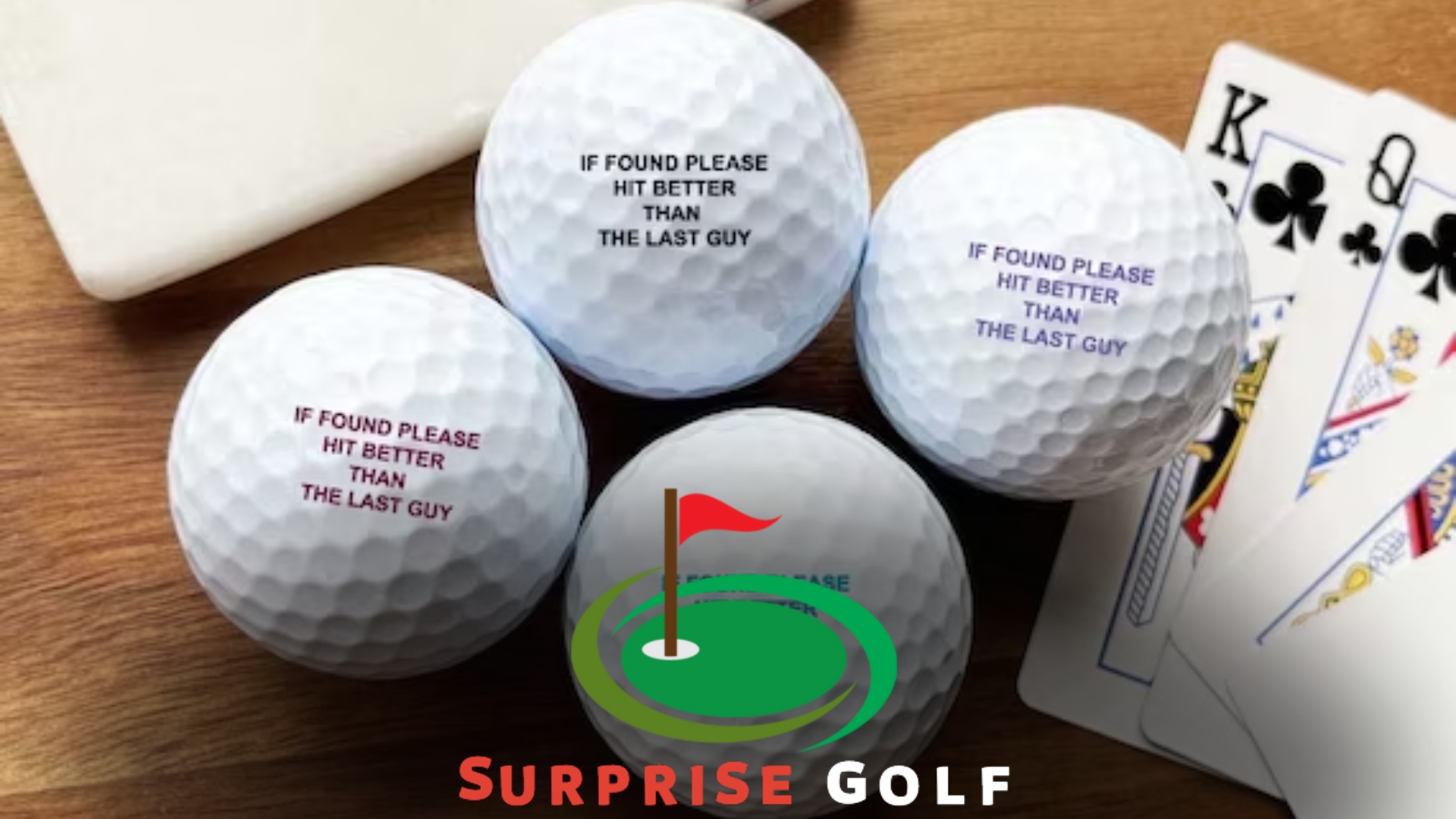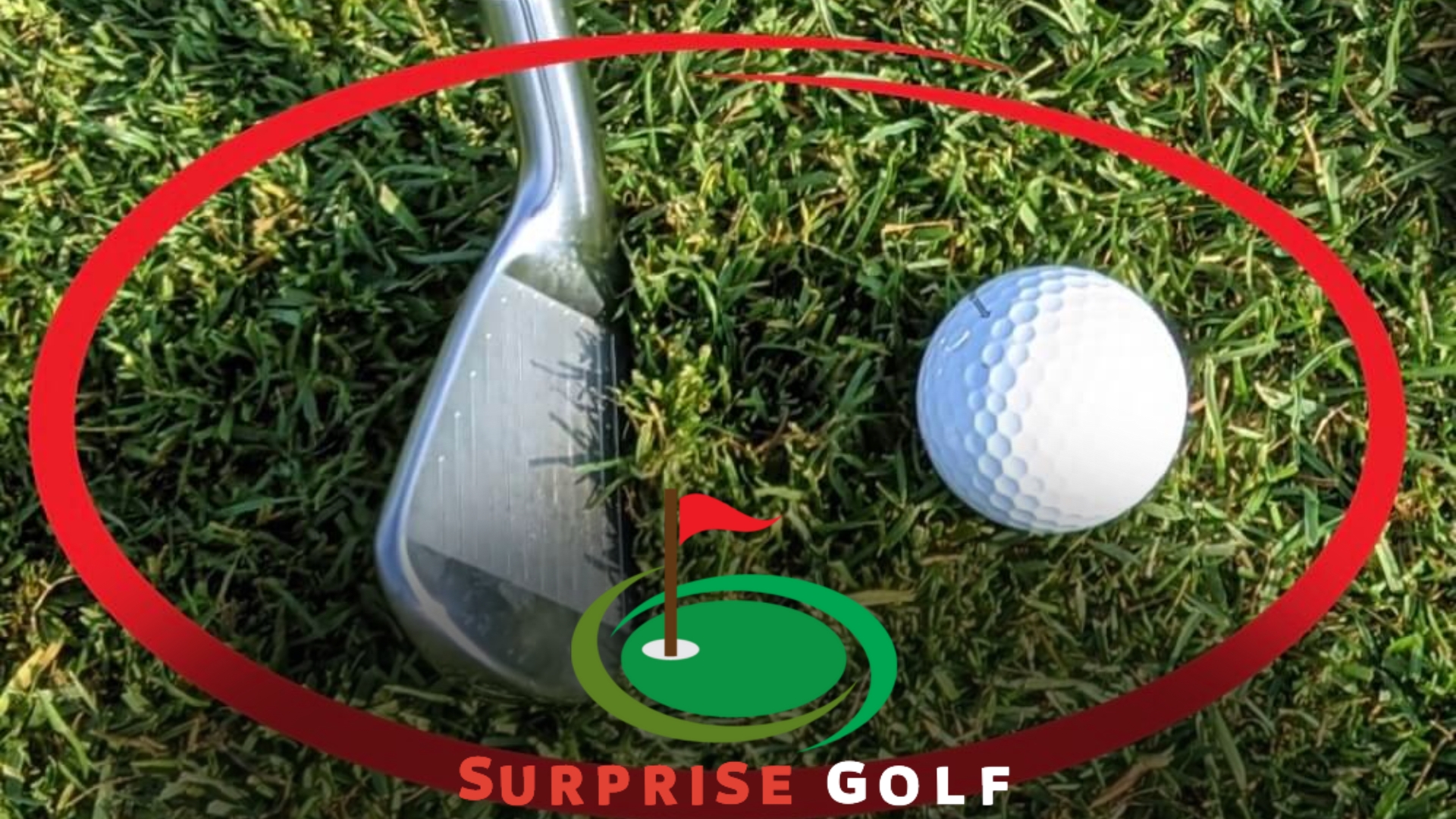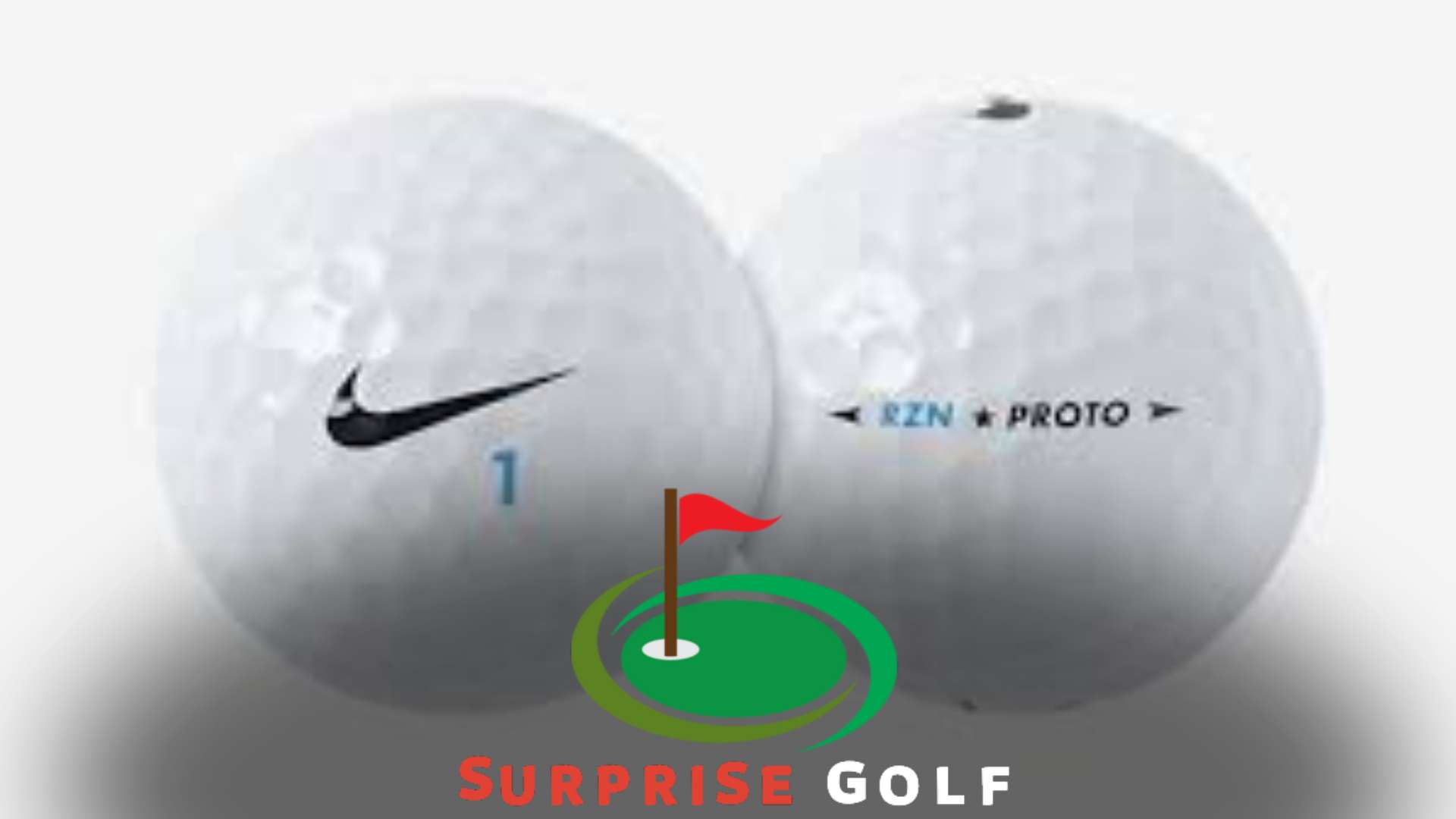In this article:
Choosing the right golf ball for your swing speed involves matching your speed to the compression rating of the ball. Swing speed below 90 mph benefits from low compression balls, while high swing speeds over 105 mph work well with high compression balls.
Golfers often overlook the importance of selecting the appropriate golf ball for their swing speed. However, choosing the right ball can significantly impact your game, affecting distance, control, and overall performance on the course. Understanding how your swing speed aligns with the compression of the golf ball is crucial in optimizing your game and enhancing your overall golfing experience.
By considering factors such as compression, spin, and cover material, you can make an informed decision that will complement and maximize your swing capabilities.
Factors To Consider
When it comes to choosing the right golf ball for your swing speed, there are several factors to consider. Your swing speed can have a significant impact on the performance of the golf ball, affecting your distance and accuracy on the course. It’s essential to understand these factors to make an informed decision and optimize your game. Let’s explore the key aspects to keep in mind:
Type Of Golf Ball
The type of golf ball you choose can make a difference in your game. There are different options available, such as two-piece, three-piece, and multi-layered golf balls. Each type has its own characteristics and is designed to suit specific swing speeds and player preferences.
A two-piece golf ball is known for its durability and distance capabilities. It has a large, solid core surrounded by a durable cover. These balls are suitable for players with slower swing speeds, as they offer maximum distance while maintaining durability.
On the other hand, three-piece golf balls have an extra layer, typically made of rubber or liquid-filled material, between the core and cover. These balls provide a balance of distance, feel, and spin control. Intermediate players with moderate swing speeds often prefer three-piece golf balls.
If you’re an advanced player or have a faster swing speed, you may benefit from using multi-layered golf balls. These balls have multiple layers designed to optimize distance, control, and spin. They offer exceptional performance but might not be suitable for beginners or players with slower swing speeds.
Compression Rating
The compression rating of a golf ball is another crucial factor to keep in mind. It refers to the density of the core and determines how the ball behaves upon impact. Golf balls with lower compression ratings are softer and compress more for slower swing speeds. On the other hand, balls with higher compression ratings are firmer and allow for more efficiency and distance for faster swing speeds.
Here is a breakdown of key swing speeds and their recommended compression ratings:
| Swing Speed | Recommended Compression Rating |
|---|---|
| Less than 85 mph | Low compression (70-80) |
| 85-95 mph | Mid compression (80-90) |
| Over 95 mph | High compression (90+) |
Choosing a golf ball with the appropriate compression rating for your swing speed can enhance your performance and overall experience on the golf course.
Determining Your Swing Speed
To choose the right golf ball for your swing speed, it is crucial to determine your swing speed accurately. Your swing speed directly impacts the performance of the golf ball, affecting distance, spin, and overall accuracy. Determining your swing speed will allow you to make an informed decision when selecting the appropriate golf ball for your game.
Using A Launch Monitor
A launch monitor is a valuable tool for accurately measuring your swing speed. It provides detailed data on clubhead speed, ball speed, and launch angle, allowing you to understand the dynamics of your swing. By utilizing a launch monitor, you can obtain precise information about your swing speed, enabling you to make an informed decision when selecting the right golf ball.
Taking Distance Into Account
When determining your swing speed, it is essential to consider the distance you typically achieve with your shots. Understanding the relationship between your swing speed and distance will help you identify the type of golf ball that best suits your game. Different golf balls are designed to optimize performance for varying swing speeds, ensuring that you can maximize your distance and accuracy on the golf course.
Golf Ball Types For Different Swing Speeds
Choosing the right golf ball that matches your swing speed is crucial for optimizing your performance on the course. Understanding the correlation between your swing speed and the type of golf ball you use can lead to more consistent and accurate shots. Let’s delve into the Golf Ball Types for Different Swing Speeds:
Low Swing Speed (below 85 Mph)
- For swing speeds below 85 mph, opt for low compression golf balls to maximize distance and control.
- These balls have a softer feel and help generate more ball speed off the clubface, ideal for slower swing speeds.
- Brands like Callaway Supersoft and Wilson Staff Fifty Elite are popular choices for golfers with low swing speeds.
Mid Swing Speed (85-105 Mph)
- Players with swing speeds between 85-105 mph can benefit from mid-compression golf balls for a balance of distance and feel.
- These balls offer enhanced control and spin while maintaining distance off the tee.
- Consider trying out Titliest Pro V1 or TaylorMade TP5 for optimal performance with mid-level swing speeds.
High Swing Speed (above 105 Mph)
- Golfers with swing speeds above 105 mph should go for high compression golf balls to harness their power and maintain control.
- These balls are designed to reduce spin off the tee and provide added distance for faster swing speeds.
- Popular choices for high swing speeds include Titleist Pro V1x and bridgestone TOUR B XS for optimal performance on the course.
Understanding Compression Ratings
When it comes to choosing the right golf ball for your swing speed, understanding compression ratings is essential. Compression rating refers to how tightly the ball is constructed and affects how it reacts to impact. It plays a crucial role in maximizing distance and control on the course.
Importance Of Compression
Compression is crucial because it directly impacts the distance and control you can achieve with your golf shots. The right compression ensures optimal energy transfer from club to ball, resulting in better performance.
Finding The Right Compression
- Determine your swing speed: Use a launch monitor to measure your swing speed accurately.
- Match compression to swing speed: Low compression balls are suitable for slow swing speeds, while high compression balls are better for fast swing speeds.
- Experiment with different brands: Each brand offers various compression options, so try different ones to find the best fit.
By understanding compression ratings and choosing the right golf ball based on your swing speed, you can optimize your performance on the course. The right compression ensures that your ball reacts as intended, leading to better results with every shot.
Cover Material
Golf ball cover material is a critical factor to consider when choosing the right ball for your swing speed. The cover influences the ball’s feel, spin, and durability, making it essential to match the cover material to your game. There are two primary cover materials used in golf balls: Urethane Covers and Surlyn Covers.
Urethane Covers
Balls with Urethane covers are best suited for golfers with higher swing speeds due to their ability to generate more spin and control on approach shots and around the greens. The soft feel of urethane is preferred by many skilled players, as it permits them to shape the ball flight and control the spin according to their shot preferences. Urethane-covered balls have a higher spin rate and provide exceptional greenside control, making them an excellent choice for players with a fast swing speed.
Surlyn Covers
Surlyn is a cheaper material and is often found in golf balls made for players with lower swing speeds. The Surlyn cover provides enhanced durability and lower spin rates. This makes it ideal for golfers who need help keeping the ball straight off the tee and are seeking more distance. The reduced spin may lead to less control around the greens, but for players with slower swing speeds, the added distance can be more valuable.
Additional Considerations
When choosing the right golf ball for your swing speed, there are additional considerations to keep in mind. These factors can have a significant impact on your performance and overall satisfaction on the golf course. By taking into account your personal preferences and the playing conditions you typically encounter, you can make an informed decision that optimizes your game.
Personal Preferences
Your personal preferences play a crucial role in selecting the right golf ball. Everyone has unique preferences when it comes to the feel and feedback they desire from a ball. Some golfers prefer a softer feel, while others prefer a firmer touch. It is important to experiment with different types of balls to determine which one suits you best. Pay attention to how the ball feels off the clubface and how it responds when chipping and putting. These personal preferences can greatly impact your confidence and enjoyment on the course.
Playing Conditions
Considering the playing conditions is essential for choosing the right golf ball. Different balls are designed to perform optimally in specific conditions. If you often play on a course with firm fairways and fast greens, a high-spin ball may be beneficial to help control your shots and stop the ball quickly on the greens. On the other hand, if you typically play on courses with longer roughs and slower greens, a ball with a lower spin rate and more distance may be preferable. Additionally, take into account the weather conditions you often encounter, as this can affect the ball’s performance. A ball that performs well in windy conditions, for example, can be a game-changer.
Conclusion
Selecting the right golf ball for your swing speed is crucial for optimizing your game. By understanding your swing characteristics and matching them to the appropriate ball, you can enhance distance, accuracy, and overall performance on the golf course. With the helpful insights and tips provided you can confidently make an informed decision when choosing the ideal golf ball for your swing speed.


